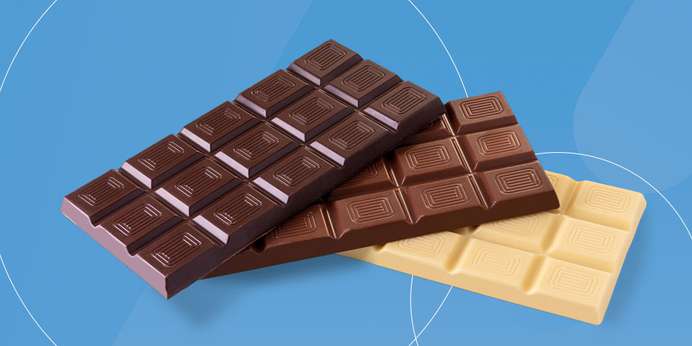Why Does Chocolate Color Matter?
Would you want your milk chocolate bar to look the same as a dark chocolate bar?
Of course not! If you took them out of their packaging and set them side by side, you'd be concerned to learn they were the exact same color, as their difference in cocoa percentage would indicate they have to be different colors. Though most people may not observe their chocolate bars closely enough to know the specific shade they should be, they can certainly tell when their bar is much too dark or light to fit the tastes they're looking to satisfy.
Furthermore, what if you had two chocolate bars that advertised the same tastes and cocoa percentages, but upon opening them, you discovered they were two different colors? The range in the color of chocolate bars makes it even more important that each bar is precisely the color you want it to be.
Things That Affect Chocolate Bar Color
Aside from the basic ingredients you make your chocolate bars from, a few things may affect your color outcome, including:
- Fillers: When using fillers to extend how many chocolate bars you can make from the same amount of cocoa, these fillers can significantly impact your results. They may add new hues or simply dull that rich chocolatey color your consumers want, opening the door for them to explore other brands.
- Fat blooms: Fat blooms usually appear on chocolate that has been sitting for a while. They are caused by the milk fat in chocolate crystallizing and collecting near the surface of the bar. Though these do not indicate expiration or anything harmful, they will affect the consistency, appearance, and texture of your chocolate bars.


